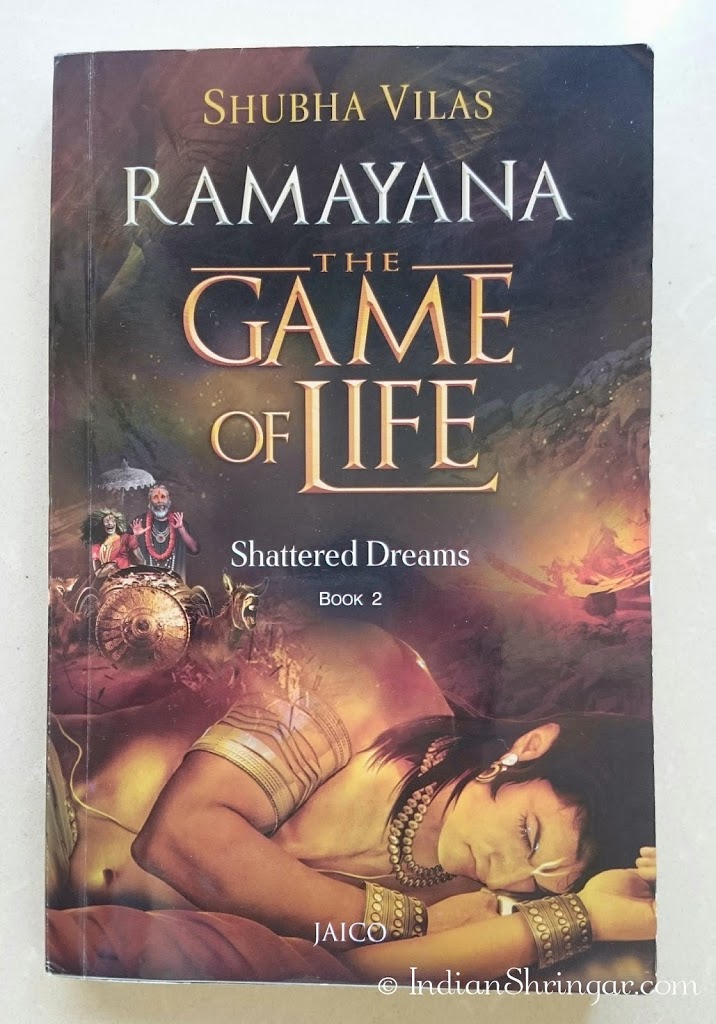Besides these footnotes, there are other “sections” scattered throughout which talk about human nature and relationships and which offer guidance to modern day communication issues in families as well as daily challenges (for example, What is true communication, How does one handle reversal in life etc).
The style of writing is simple, yet descriptive and evocative. The author Shubha Vilas also tells us the lesser the lesser known stories of the Ramayana, like how King Nemi came to be known as King Dasharatha, how Ravana had enslaved the nine planets, how Meghanad got his name etc.
Shattered Dreams is an apt name for this book since it deals with that part of the Ramayana where dreams are, indeed, shattered – Dasharatha’s dream to see his eldest, and favourite son Ram being coronated, Keikeyi’s dream of seeing her son, Bharat, become king – and reminds us that life doesn’t always work out the way we imagine it to. Destiny has other plans for each one of us and sets events into motion to bring those plans to fruition.
As far as the epic itself goes, I have always preferred the Mahabharat to the Ramayana (my personal opinion). Somehow, I found the “idealism” and “perfection” in the Ramayana to be a sign of rigidity and I could somehow, never truly relate to it. I’ll take the Mahabharat any day, where each character is painted in different shades of grey and there are no absolute blacks and white. But that’s just my own viewpoint.
If you’re fond of the epics, this is one book you shouldn’t miss. I’m going to buy the prequel too, since I haven’t read that and I’m looking forward to book 3 in the series.
This review is a part of the biggest Book Review Program for Indian Bloggers. Participate now to get free books!






will surely read this one 🙂
nice one, even i prefer mahabharat any day thn ramayana, still wanna read this 🙂